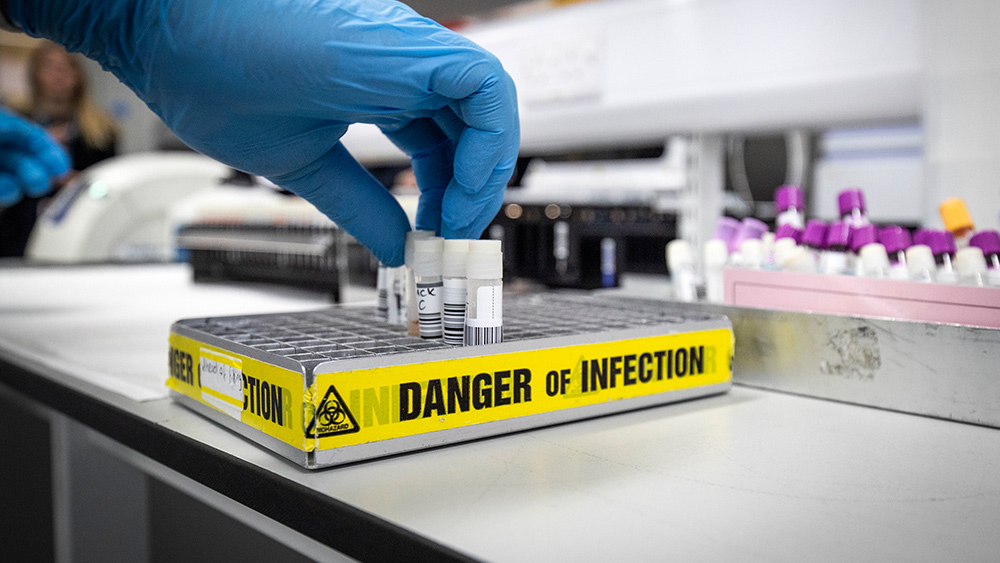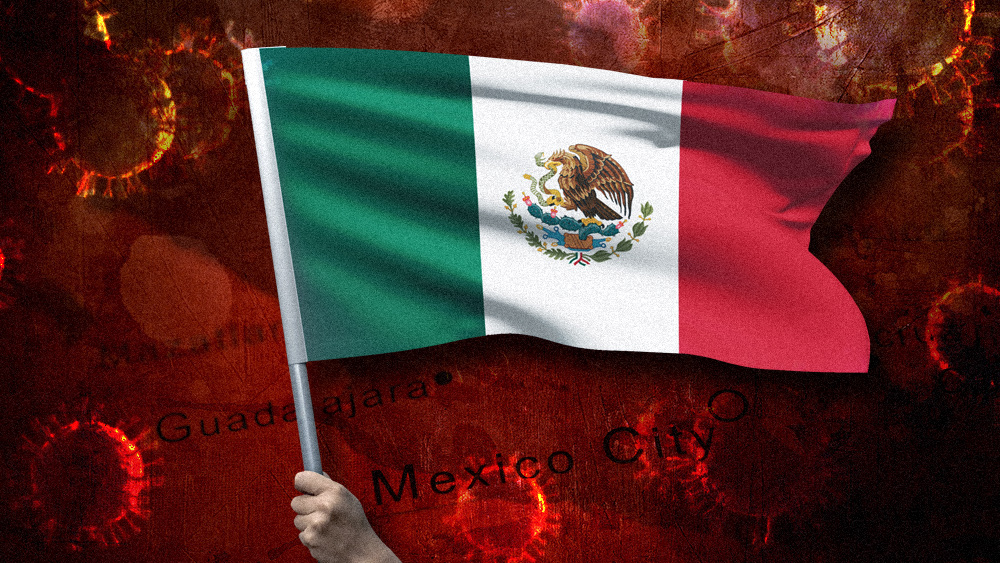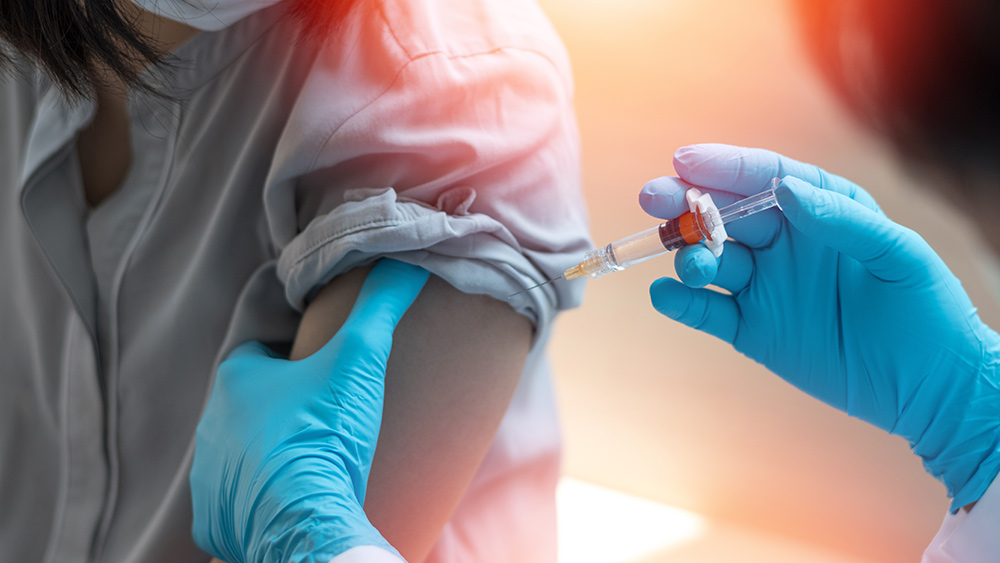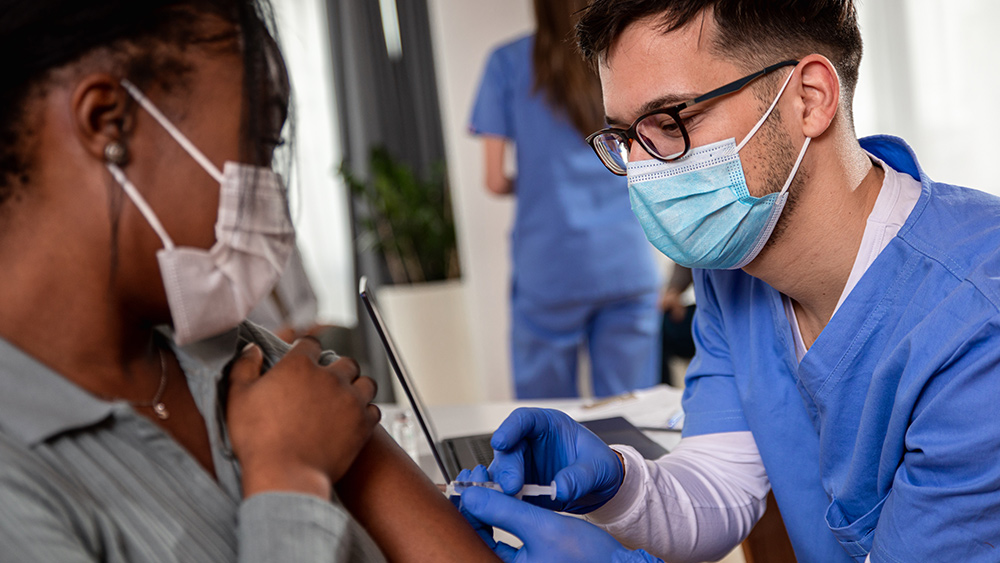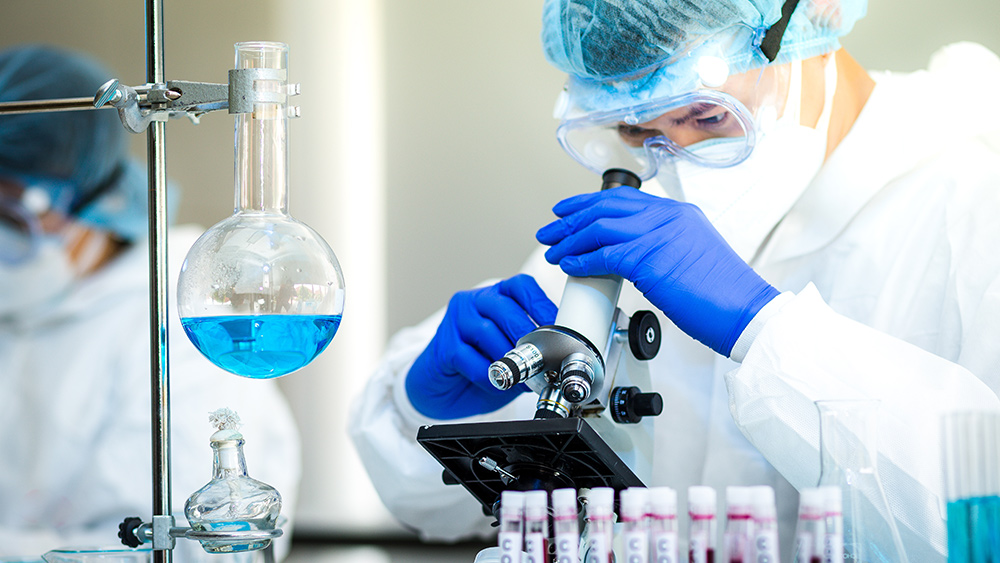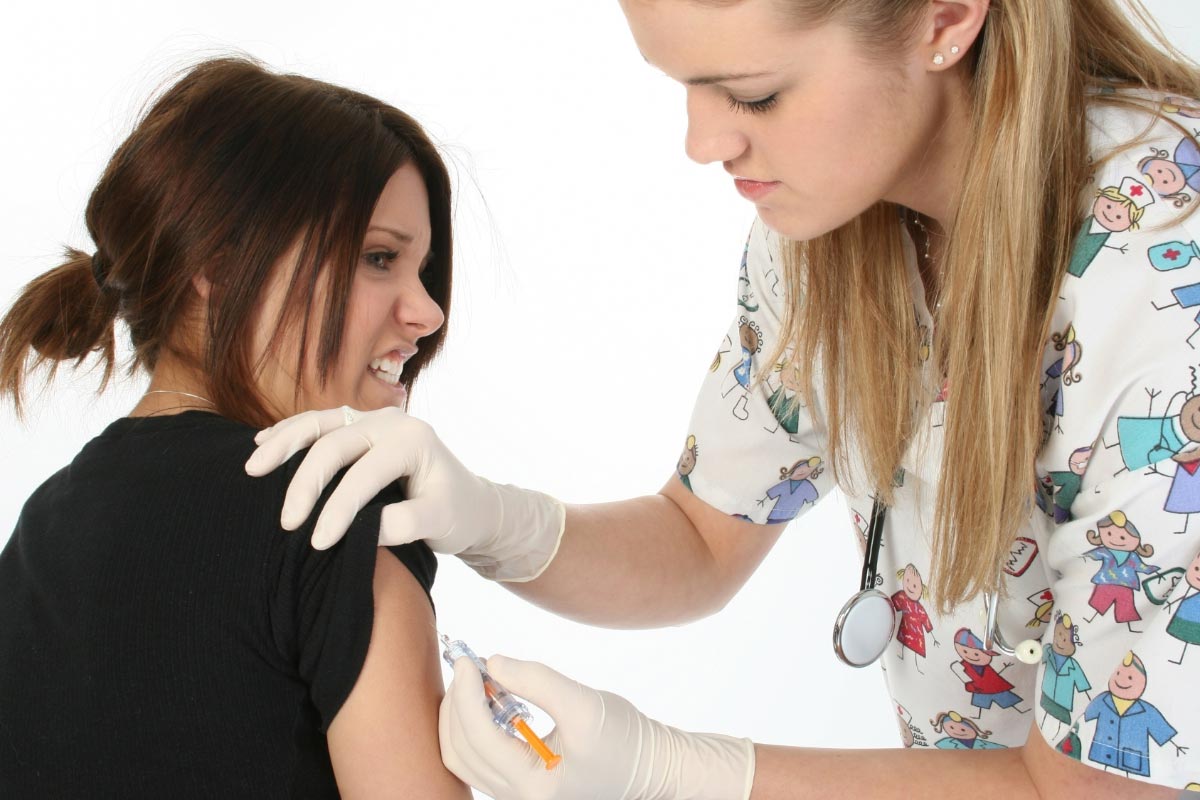Study: Coronavirus was circulating in the US as early as December 2019
06/21/2021 / By Nolan Barton
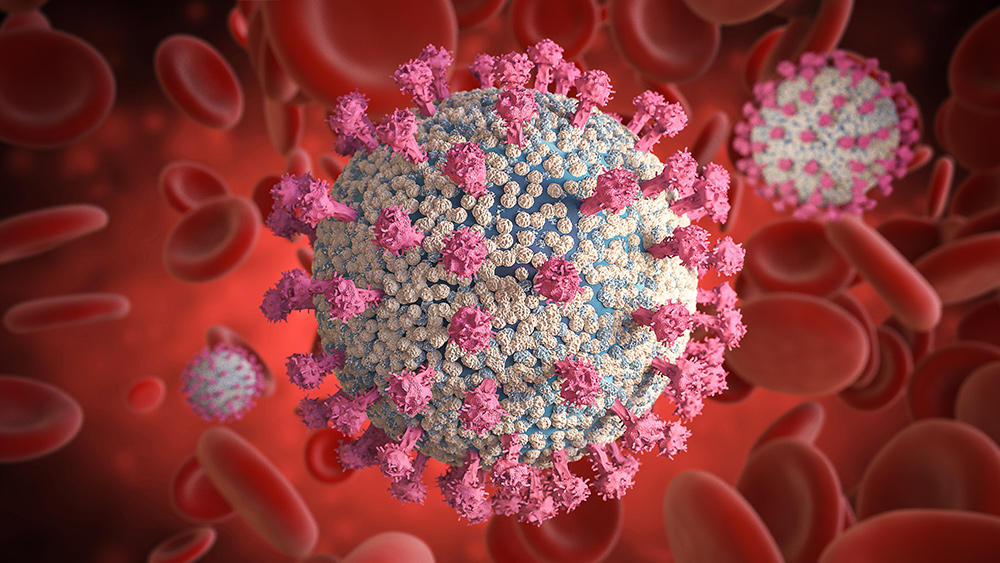
A new study found that the coronavirus (COVID-19) was already circulating in the U.S. a month before the country’s first reported case. The study was published Tuesday, June 15, in the journal Clinical Infectious Diseases.
The researchers analyzed more than 24,000 blood samples collected in the U.S. from Jan. 2 to March 18, 2020, as part of All of Us, a project of the National Institutes of Health (NIH) that aims to gather health data from diverse populations.
“This study allows us to uncover more information about the beginning of the U.S. epidemic” Dr. Josh Denny, CEO of All of Us and co-author of the study, said in a statement.
Seven participants from five states – Illinois, Massachusetts, Wisconsin, Pennsylvania and Mississippi – tested positive for antibodies against SARS-CoV-2, the virus that causes COVID-19, prior to the first reported cases of the disease in those states.
The earliest detection came from a sample collected on Jan. 7 in Illinois. It takes about two weeks for a person to develop antibodies against COVID-19, so the virus might have been circulating in Illinois as early as Dec. 24, 2019.
The first infection in the country was confirmed on Jan. 21, 2020, in a resident of Washington State who had just returned from Wuhan, China. But researchers suspected that the virus arrived in the U.S. earlier. Live Science previously reported that a study from the Centers for Disease Control and Prevention (CDC) found evidence that the virus was already in the U.S. in December 2019.
Undocumented cases early in pandemic not surprising
It is not a surprise that there may have been undocumented cases early in the pandemic, said Dr. Sarah Cobey, an evolutionary biologist at the University of Chicago and is not part of the study. According to Cobey, experts “already knew that was the case from studying trends in excess mortality and hospitalizations.”
Cobey’s most recent model estimated that there were roughly 10,000 infections in Illinois on March 1, 2020. “Given the horrible state of testing, there was never any doubt we were missing most early transmission,” she said.
While positive antibody tests suggest a prior infection with SARS-CoV-2, they cannot prove that a person had the virus. For example, even very accurate antibody tests still produce a small number of false-positive results.
But the researchers have taken steps to rule out false positives. They used two different antibody tests, and the samples had to test positive on both to be counted as positive results.
The first test identified 147 samples that were positive for SARS-CoV-2 antibodies, but only nine of those also tested positive on the second test. Two of the nine samples were collected after the first cases of COVID-19 were identified in the participants’ respective states.
There’s also a chance that the samples had antibodies against other coronaviruses that “cross-react” in this test to give positive results, but it is uncommon. In 1,000 blood samples collected in the U.S. from January to March 2019, which was used as a control group for comparison, none tested positive for antibodies against SARS-CoV-2.
“It is unlikely all nine of these [positive] individuals are false positive,” the authors wrote.
The researchers also did not have travel information for any of the participants, which could suggest whether they became infected within their communities or elsewhere. The researchers plan to follow up with the people who tested positive to ask about their travel history. They are also planning further research to pinpoint exactly when the coronavirus first appeared in the U.S.
“The exact month at which it probably came into the U.S. is still unknown,” said study lead author Keri Althoff, an epidemiologist at the Johns Hopkins Bloomberg School of Public Health. “It’s essentially a puzzle right now, and our study is just one piece of that puzzle.” (Related: International scientists and researchers call for more rigorous investigation into the origins of coronavirus.)
Coronavirus started to spread around the world in late 2019
Officials confirmed a case of COVID-19 in Thailand on Jan. 13 last year, making it the first recorded case outside of China. But French authorities have later confirmed that a case of coronavirus was reported in France as early as Dec. 27, 2019, nearly a month before the country announced its first official case.
A study conducted last year found that the coronavirus started to spread around the world in late 2019.
Published in the journal Infection, Genetics and Evolution, the study revealed that the virus was mutating, and that a large proportion of the global genetic diversity of the virus causing COVID-19 was found in all of the hardest-hit countries.
That suggests SARS-CoV-2 was being transmitted extensively around the world from early on in the epidemic, according to Francois Balloux, co-lead author of the study.
The researchers wrote that “phylogenetics estimates support that the COVID-2 pandemic started sometime around Oct. 6, 2019 to Dec. 11, 2019.” Phylogenetics is the study of evolutionary relationships among biological entities – often species, individuals or genes.
Balloux’s team screened the genomes of more than 7,500 viruses from infected patients around the world. Their results add to a growing body of evidence that the spread of SARS-CoV-2 started in late 2019.
The genetic studies offer “fascinating insights into the evolution of the virus,” and emphasize that it is “a moving target with an unknown evolutionary destination”, said Jonathan Stoye, head of the division of virology at the UK’s Francis Crick Institute.
“All the evidence is entirely consistent with an origin towards the end of last year, and there’s no reason to question that in any way,” Stoye said.
Follow Pandemic.news for more news and information related to the origins of the coronavirus pandemic.
Sources include:
Tagged Under: antibodies, biological entities, coronavirus, coronavirus origins, covid-19, epidemic, false-positive, genetic diversity, genomes, outbreak, pandemic, phylogenetics, positive antibody tests, SARS-CoV-2



